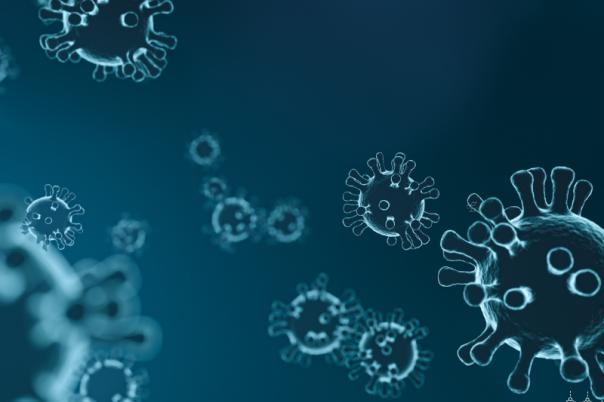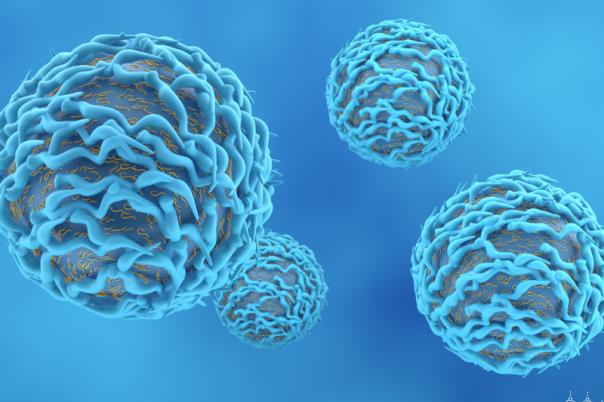Crescendo is a novel biologics company developing T cell enhancing therapeutics for immuno-oncology. The company has entered the clinic with their first asset having nearly completed its dose escalation trial. Their lead programme is a CD137(4-1BB) agonist which is only active in the presence of a tumour associated antigen prostate specific membrane antigen (PSMA). Therefore, the drug is inactive in parts of the body which do not express this target.
Crescendo’s lead candidate CB307 is a trispecific, binding CD137, PSMA, and human serum albumen (HSA). Binding to HSA is important for half-life extension and tissue biodistribution.
Behind this lead candidate, Crescendo are also working on a suite of agonists which are variations on the same theme. They take traditional CD137 agonism with half-life extension and targeting it to different tumour associated antigens enabling different tumour histologies. Their pipeline also features collaborations with BioNTech, Takeda, and Zai Lab.
Their antibody format, called Humabodies, are variable heavy domain fragments. The traditional IgG antibody format is composed of 12 individual subunits connected into a rigid bivalent format. The Humabody format, however, makes use of only the heavy chain, scrapping the other eleven twelfths of the traditional IgG. Here, the variable portion of the heavy chain alone can produce affinities on the order of what you would expect from a standard antibody.
As it is a monovalent construct, there is no avidity consideration, but they can be chained together with flexible peptide linkers in order to engage multiple targets simultaneously. The benefits of the Humabody format are that it allows for small and modular drugs with no Fc region, preventing unwanted pharmacology. This also means that they are simple with scalable manufacturability. CB307 achieves superior tissue penetration because of its affinity to HSA, which is important in developing drugs for solid tumours.
Then Pierce talked specifically about their lead molecule: CB307. Although the molecule’s pharmacology is an agonist for CD137, the molecule itself is not an agonist for this target.
The target is a tumour necrosis factor family member, meaning it becomes activated when it is physically clustered in space. The homotrimer ligand for CD137 induces this clustering of the receptor which transduces the agonist signal.
So, the CB307 binds to CD137 with no inherent agonism. The molecule instead induces this signal by binding to PSMA and crosslinking to CD137 which reflects the clustering of the tumour antigen onto CD137, activating it. This effectively creates a safety switch for the drug: in the absence of clustered PSMA, there will be no clustering to reflect onto CD137.





